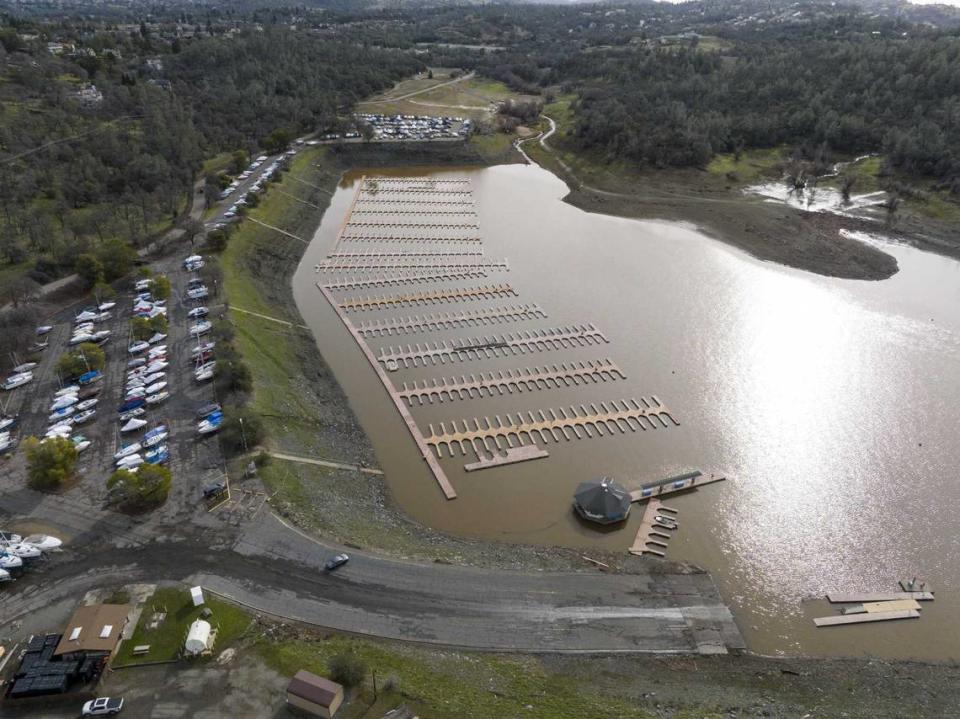California may lose 10% of its water supply but a solution ‘is right under our feet.’ | Opinion

California’s rivers are once again surging with winter runoff, a beautiful sight after several consecutive dry years. Sacramento-area water providers have been working together to capture as much of excess water as possible for use during drier days. Yet, we could be doing so much more with additional support from state and federal decision-makers.
Additional water storage is right in front of our eyes — or, more specifically, right under our feet.
The City of Roseville, for example, captured surplus flows from Folsom Reservoir and stored this water in the groundwater aquifer using specialized Aquifer Storage and Recovery wells. Just a year ago, Roseville stored enough water to fill 160 Olympic-sized pools. Later, in 2022, we delivered that water to customers, leaving water in Folsom Reservoir to benefit our environment.
Opinion
Other water providers stored water underground through a strategic yet more indirect route that maximizes how our natural infrastructure already works. The Sacramento Suburban Water District operates the region’s largest network of groundwater wells — 70 in total — but does not have its own right to access river water. This winter, the district temporarily delivered treated river water to customers via our partnership with the City of Sacramento, which has surface water rights. The City of Sacramento also shut down some of its groundwater wells and delivered more river water to its customers. This allowed our groundwater aquifer to recharge, resulting in banked water for future use.
All of this is part of what we call the Sacramento Regional Water Bank, our system of underground water reserves that we pump and refill over and over again to serve capital-area water users. The aquifers underlying the Sacramento region have enough capacity to store twice the volume of water as Folsom Reservoir.
Thanks to steady investments over several decades, we can reliably withdraw and refill 60,000 acre-feet of groundwater every year, irrespective of extremes in conditions — enough to meet the drinking water needs of 180,000 families for a year.

 Yahoo Autos
Yahoo Autos 